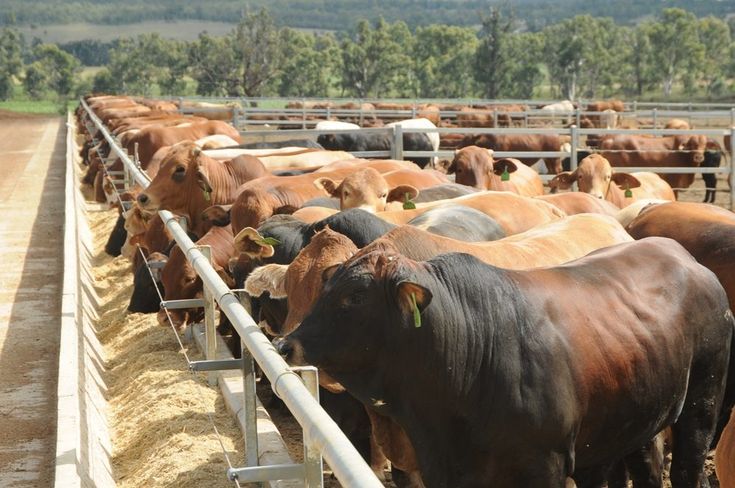The use of antibiotics in feedlots is a topic that has gained significant attention and scrutiny in recent years. Here are some key points to consider regarding the use of antibiotics in feedlots:

- Disease Prevention and Treatment:
Antibiotics are commonly used in feedlots for disease prevention and treatment. The close confinement and high-density conditions in feedlots can increase the risk of disease transmission among animals. Antibiotics are used to prevent and control bacterial infections that can result from stress, overcrowding, and exposure to pathogens. When used responsibly and under veterinary supervision, antibiotics can help maintain animal health and welfare in feedlots.

- Veterinary Oversight:
The use of antibiotics in feedlots should always be under the guidance and supervision of a veterinarian. Veterinarians play a crucial role in assessing the health status of animals, diagnosing diseases, and determining the appropriate use of antibiotics. They help develop treatment protocols and ensure that antibiotics are used judiciously and in compliance with regulatory requirements.

- Responsible Antibiotic Use:
Responsible antibiotic use in feedlots involves following established guidelines and best practices. This includes using antibiotics only when necessary, at the correct dosage, and for the appropriate duration. It is important to use antibiotics that are approved for use in food animals and to adhere to withdrawal periods to ensure that residues are not present in the meat at the time of slaughter.

- Veterinary Feed Directives (VFDs):
In some countries, including the United States, the use of certain antibiotics in feedlots requires a Veterinary Feed Directive (VFD). A VFD is a written order from a veterinarian that authorizes the use of specific antibiotics in animal feed. This regulatory measure helps ensure that antibiotics are used appropriately and with veterinary oversight.

- Antibiotic Resistance:
The emergence of antibiotic resistance is a significant concern associated with the use of antibiotics in feedlots. Overuse or misuse of antibiotics can contribute to the development of antibiotic-resistant bacteria, which can pose a risk to both animal and human health. To address this issue, feedlot operators and veterinarians should prioritize responsible antibiotic use, implement good management practices, and explore alternative strategies for disease prevention and control.
Besides, you should Note that our company can help you to start by giving you all the necessary information you need to get started if not yet in the business. Please check our online shop, we have all the standard business proposals for different capacities at very a cheap price made by the best agricultural specialists as well as Standard design plans that are made by the best agricultural architects around the globe. please visit our online shop now using the links below to witness by yourself
Design plans (FARM HOUSE DESIGNS – Kimd Construction & Farm Consultants)
Business plans (BUSINESS PLANS & PROPOSALS – Kimd Construction & Farm Consultants)
Welcome back from visiting our shop, hope you have placed your order for any of our products or you can place it after navigating more of our informative articles.
So let’s continue with our article!
- Research and Alternatives:
Ongoing research focuses on finding alternatives to antibiotics in feedlots, such as probiotics, prebiotics, vaccines, and improved management practices. These alternatives aim to reduce reliance on antibiotics while maintaining animal health and productivity. It is important for feedlot operators to stay informed about emerging research and consider implementing alternative strategies that align with animal welfare and public health goals.

- Regulatory Oversight:
Governments and regulatory agencies play a crucial role in monitoring and regulating the use of antibiotics in feedlots. They establish guidelines, set limits for antibiotic residues, and enforce compliance with these regulations. Feedlot operators must stay updated on the relevant regulations and work closely with regulatory agencies to ensure compliance.

It is important to strike a balance between maintaining animal health and welfare in feedlots and minimizing the potential risks associated with antibiotic use. Responsible antibiotic use, veterinary oversight, and a commitment to continuous improvement are key in addressing the challenges and ensuring the long-term sustainability of feedlot operations.




